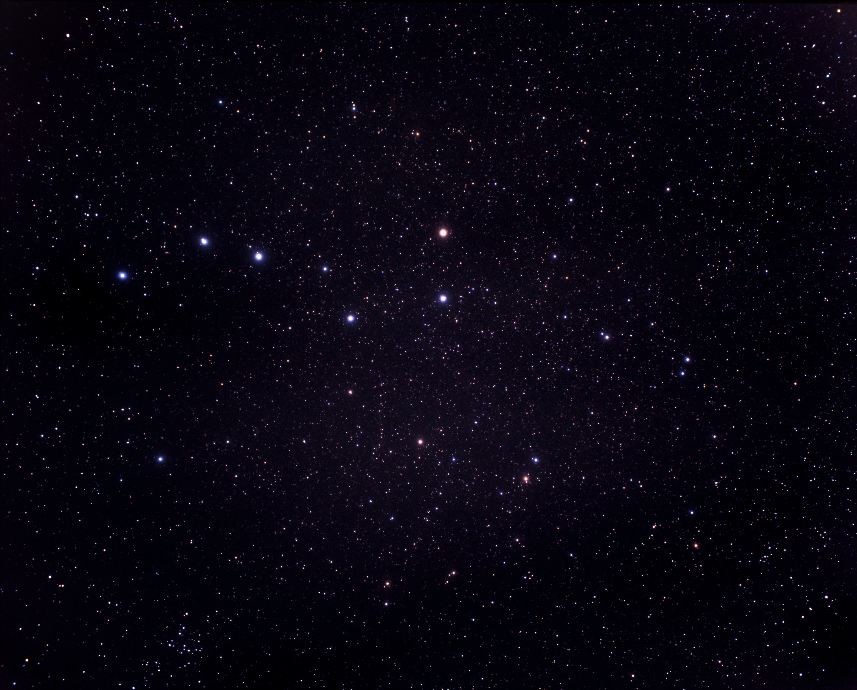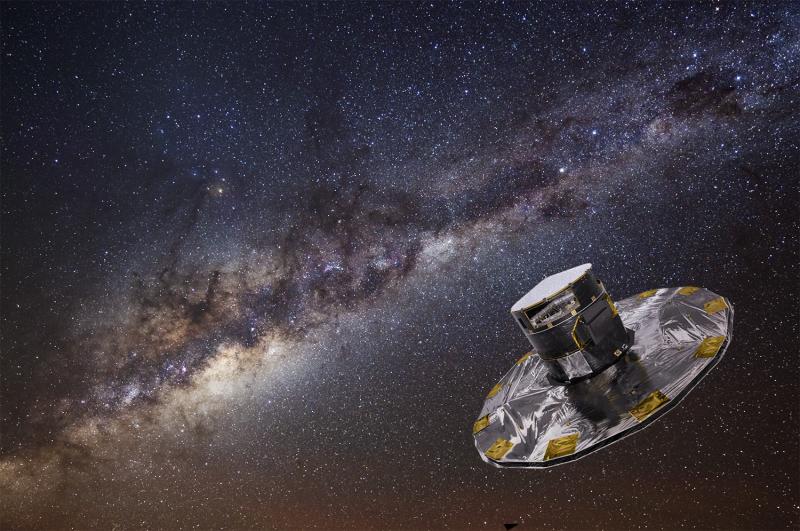(Printable version, go to full version)
Index:
Constelaciones (Videos)
Constelaciones (Videos)
3rd-6th grade (8-12 years old)
In this Experience, students will learn about the constellations and create their own 3D models.
Material to prepare the Experience before coming to ESAC
- Concepts of scales. Distances among points in a plane. How to tie knots?
- Videos
Material to be used at ESAC: [8 - 10 years old ] and [10 - 12 years old].
For a long time, it was thought that the stars high above were fixed on a motionless dome. It is now known that they are moving around the centre of our galaxy, the Milky Way, at huge distances one from each other.
Understanding these distances is not an easy task. Imagine, that if our Sun was reduced to the size of a grain of sand, the furthest planet, Neptune, would be roughly four meters away. The next closest star, Proxima Centauri, would be around 30 kilometres away, which is about the distance between Madrid and Alcalá de Henares. Sirius, the brightest star in our night sky, would by twice as far using this scale, this is about the distance to the mountain region in Madrid! Wrapping our head around the concept of these vast distances is complicated, instead, astronomers create very precise maps for these and many other stars.

Gaia is a European Space Agency satellite that was launched on 19 December 2013 from Kourou, the European space port in French Guiana.
The Gaia satellite is making a 3D map of the stars in our galaxy, the Milky Way. The technique it is using to do this is called astrometry, in which the following characteristics are measured for the stars: their positions, their distances and their proper motion (how stars change their position on the sky because they are moving relative to the Sun).

If you have ever been out to look at the stars during the night, perhaps you have imagined pictures of animals, people, objects… by joining the sparkly dots. These are called constellations. But, do you know what they really are?
- This Experience could be complemented with the following activities at the Planetario de Madrid : El Cielo de Cloe, La Noche del Vampiro, La niña que sabía caminar al revés, Pequeños astrónomos